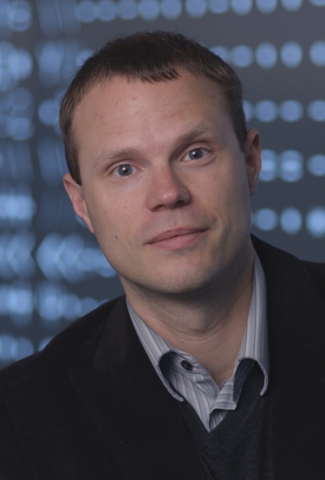
Date:
Location:
Speaker:
Abstract:
The design of polymer networks is one of the oldest and most important challenges in chemistry, impacting many of the highest volume chemical industries from rubber to adhesives to biomedical materials. However, more than any other branch of materials, networks have resisted precise characterization. This leaves many open challenges in understanding how their chemical design is linked to their physical properties of relevance for applications such as food science, biomedical materials, and consumer products. This lecture will discuss recent advances in our understanding of polymer networks held together by chemical and/or physical bonds and how this is leading to new advances in the design and application of these materials.
First, new theories for characterizing the topology and mechanics of chemical networks will be presented. Driven by advances in a collaborator’s group that enable direct measurements of primary loops in polymer networks for the first time, we have been able to develop and validate parameter-free theories for predicting the kinetics of network formation, accounting for network defects. Using these theories, we can then develop a real elastic network theory built upon the classical phantom network theory that quantitatively accounts for network defects in calculating mechanical response. Rheological measurements confirm the validity of this theory, again with no variable parameters.
Second, we present the stunning observation of superdiffusive dynamics in several chemically unrelated physical hydrogel systems. Using forced Rayleigh scattering (FRS) to measure self-diffusion in associating polymer gels, we show that below a certain length scale, Fickian diffusion transitions to a super diffusive regime that occurs due to the interplay between chain association/dissociation with the network and chain diffusivity. This super-diffusive behavior can be quantitatively modeled using a simple two state model for the dynamic equilibrium between a fast diffusing dissociated species and a slow diffusing associated species. Simulation of these systems suggests that subtle molecular effects must be responsible for this behavior.
Bio:
Bradley Olsen is the Paul M. Cook Career Development Assistant Professor in the Department of Chemical Engineering at MIT. He earned his S.B. in Chemical Engineering at MIT, his Ph.D. in Chemical Engineering at the University of California – Berkeley, and was a postdoctoral scholar at the California Institute of Technology. He started as an assistant professor at MIT in December 2009. Olsen’s research expertise is in materials chemistry and polymer physics, with a particular emphasis on molecular self-assembly, block copolymers, polymer networks and gels, and protein biomaterials. He is a recipient of an NSF-CAREER award and an AFSOR YIP award. He has been recently recognized with the ACS POLY Mark Young Scholar award, the DuPont Young Investigator award, the Colburn award, a Dreyfus Teacher-Scholar Award, and as one of CE&N Magazine’s Talented 12.



